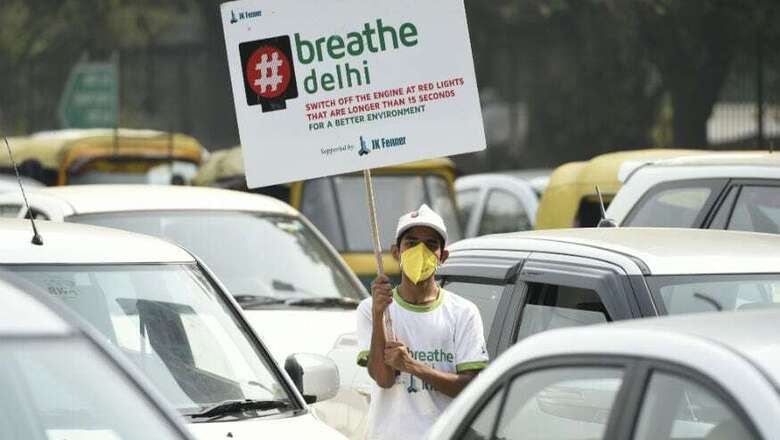
views
Have you ever walked down a busy high-street and overcome the smell of exhaust fumes from cars passing by? The air in front of you seems to be clear, but the smell is overwhelming. This is because once the initial white smoke comes out of a car exhaust and dissipates, harmful chemicals remain in the air but appear invisible to the human eye.
Research by the Independent used an infra-red camera to look at a bus stopped at some traffic lights surrounded by cyclists and shoppers. The camera showed that harmful particles such as nitrogen oxides were swirling around the cyclists and being blown to the other side of the street when they would balloon up into the shoppers’ faces without them knowing.
This air with harmful chemicals results in low Air Quality Index, a scale used to determine the air health. We decode what actually is AQI, what determines AQI and how to reduce the air pollution in this article!

What is the Air Quality Index? (AQI)
The AQI is used by government agencies around the world to gauge how polluted the air is in their cities. It’s currently the best indicator of how vehicle emissions are responsible for polluting our cities. The index uses five criteria to gauge this:
- Particulate Matter (PM10 & PM2.5)
- Sulfur Dioxide (SO2)
- Carbon Monoxide (CO)
- Nitrogen Dioxide (NO2)
- Ozone (OZ)
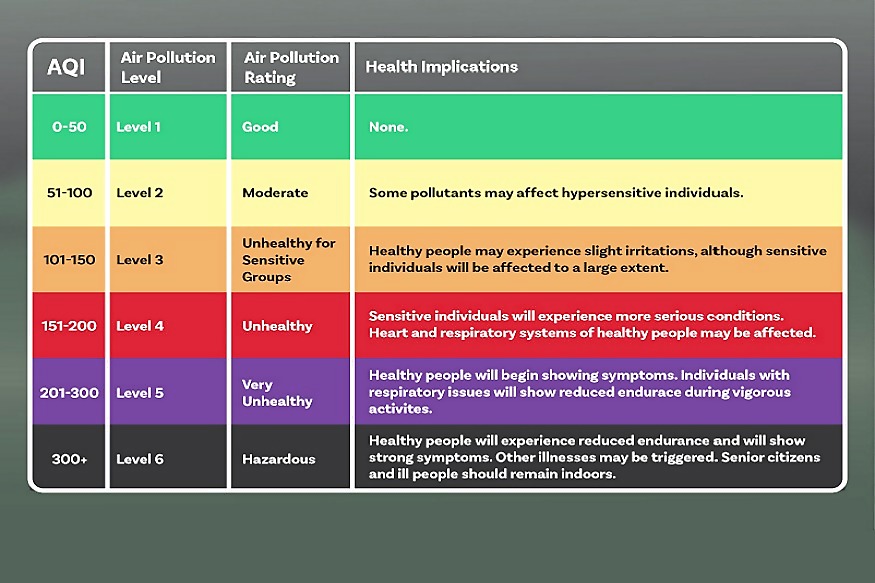
Harmful Emissions - Key Findings
- Car exhaust fumes are responsible for more deaths than traffic accidents in the UK and US, according to the Massachusetts Institute of Technology
- Only 3 of the top 10 most iconic cities in the world are considered safe according to the AQI
- Delhi in India has air quality 10 times worse than London
- Istanbul’s air quality is considered unhealthy during busy periods throughout the day, affecting the hearts and respiratory systems of healthy individuals
- Bnei Brak in Israel has the lowest air quality on Earth.
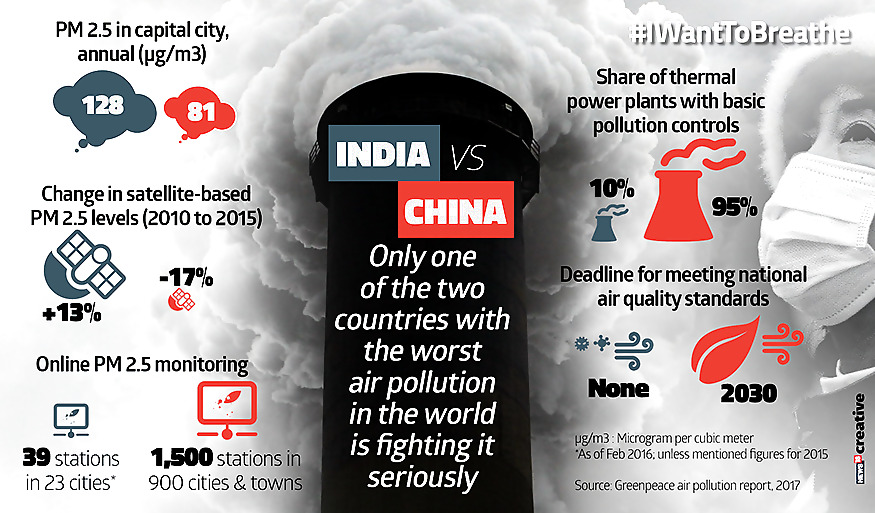
Chemicals Released by Car Exhaust?
There are several chemicals released by combustion engines that are harmful to humans-
Benzene (C6H6) - This substance is produced from exhausts of vehicles as unburnt fuel during the combustion process. It occurs naturally in small amounts of diesel and petrol. Benzene is highly toxic and long-term exposure has been linked to leukemia.
Carbon Dioxide (CO2) - Reducing the amount of CO2 in our environment is one of the main goals for governments around the world. The reason is that, although, the substance is non-toxic, it is a dangerous greenhouse gas and contributes to acidification of the oceans.
Carbon Monoxide (CO) - Carbon Monoxide is odourless and colourless and is caused by an incomplete combustion process. However, it can be extremely harmful. It has been known to cause irritations such as headaches and respiratory problems.
Hydrocarbons (HC) - Emitted as unburnt fuel, hydrocarbons also evaporate from the vehicles fuel tank. In sunlight, hydrocarbons react with NOx to create photochemical oxidants which can cause breathing issues and make symptoms, such as asthma worse.
Nitrogen Oxide (NOx) - Produced in any kind of combustion produce, NOx is oxidised in the atmosphere and is one of the major contributing factors to acid rain. It has been known to cause lung irritation and reduce the immune system when fighting respiratory infections. Tie in something about how this has resulted in the decline on diesels?
Particulate Matter (PM) - Soot is often a byproduct of using a motor vehicle powered by fossil fuels. Tiny particles, smaller than one-tenth the diameter of a human hair, can seriously impact the health of a human being as they penetrate deep into the lungs. Diesel is one of the major causes of PM pollution.
Sulphur Dioxide (SO2) - By burning fuel that contains sulphur, especially the likes of diesel and coal, combustion engines cause contamination when the sulphur reacts in the atmosphere to form fine particles and other pollutants. This can cause a major health risk, particularly to children.
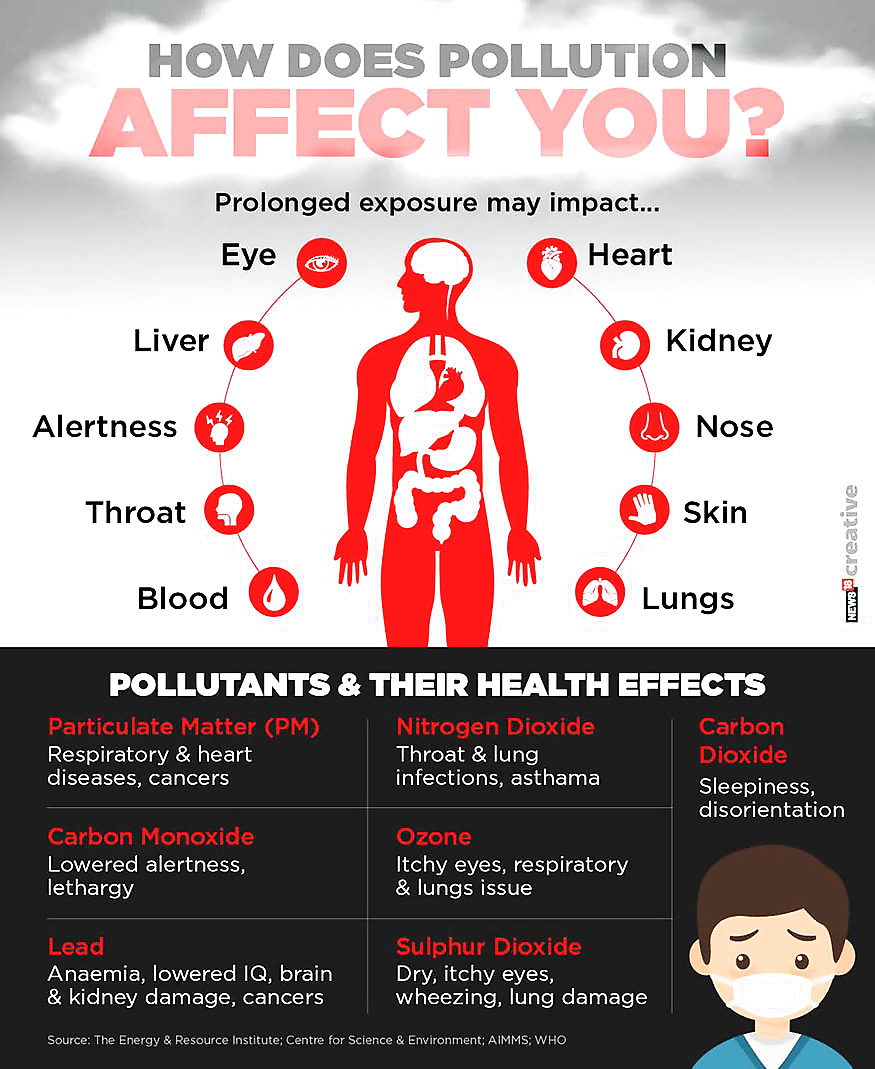
How Dangerous are Vehicle Exhaust Fumes?
Although the risk of exposure to vehicle exhaust fumes is rarely talked about at any great length in the media when compared to other preventable causes of death, such as consumption of alcohol or tobacco, the statistics show that the number of deaths are similar.
A study by the Massachusetts Institute of Technology concluded that in the UK, 5,000 people die every year as a result of heart attacks and lung cancer caused by vehicle exhaust fumes. That’s three times as many who die from traffic accidents. Pollution from overall UK combustion emissions, which includes powerplants and other forms of industry, accounts for 13,000 deaths per year.
It’s also a similar story in the US, with the study estimating that 53,000 deaths per year are caused by emissions from vehicles. This is around 16,000 more than traffic accidents. Overall in the US, 200,000 early deaths each year are caused by overall air pollution.
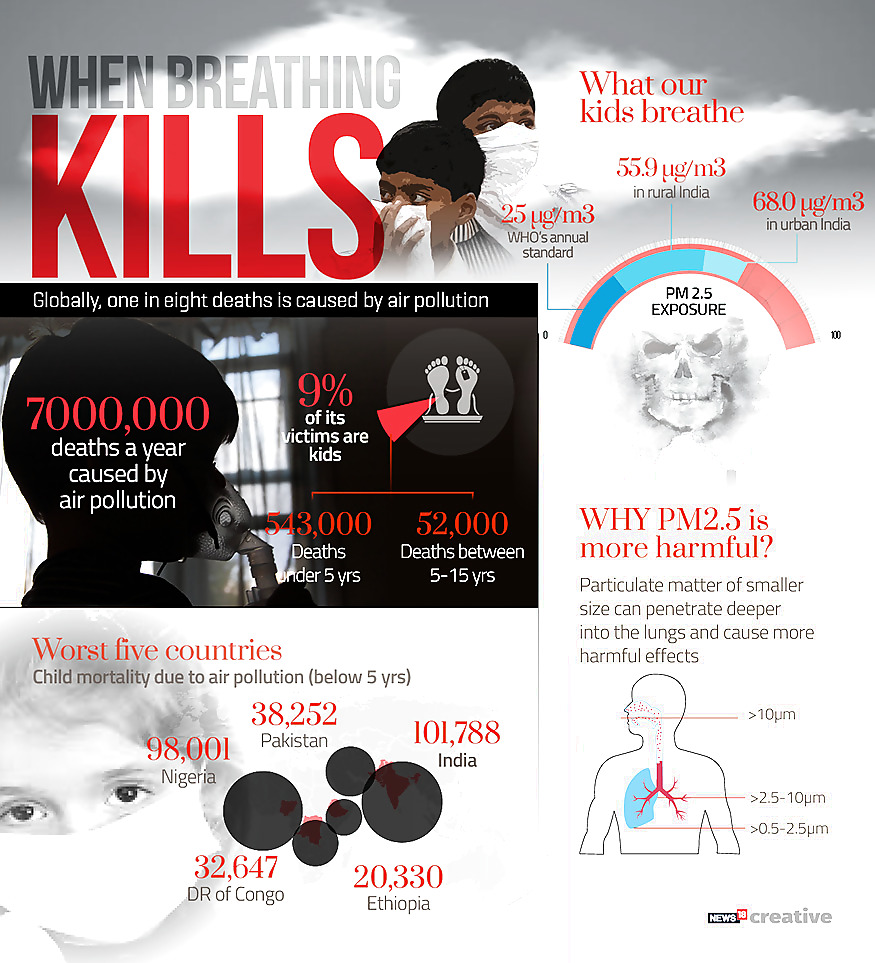
The Solution...
Despite many major cities falling foul of the AQI regulations, several cities are beginning to make significant strides to combat their rising emissions. Here are the five major ways they’re doing this-
Restoration of Green Areas
Many cities have begun attempting to restore previous environmentally friendly features in the form of “green streets”. These are a new way of organizing our streets to help increase their functionality and manage stormwater which would otherwise gather pollutants and enter our drains, thus contaminating our water supply. Also, in many French cities, laws are being created to ensure all new buildings feature a green roof or solar panels.
Supporting Smarter Public Transport
Cities are beginning to deploy smart solutions across their busiest routes and motorways in order to curb the excessive pollution caused by public transport. It helps if your city has a large number of electric buses, but there are other novel ways to make public transport more efficient and greener. In Spain’s capital, Madrid, technology is now in place to harness energy from metro trains. The energy is regenerated and used to charge electric vehicles.
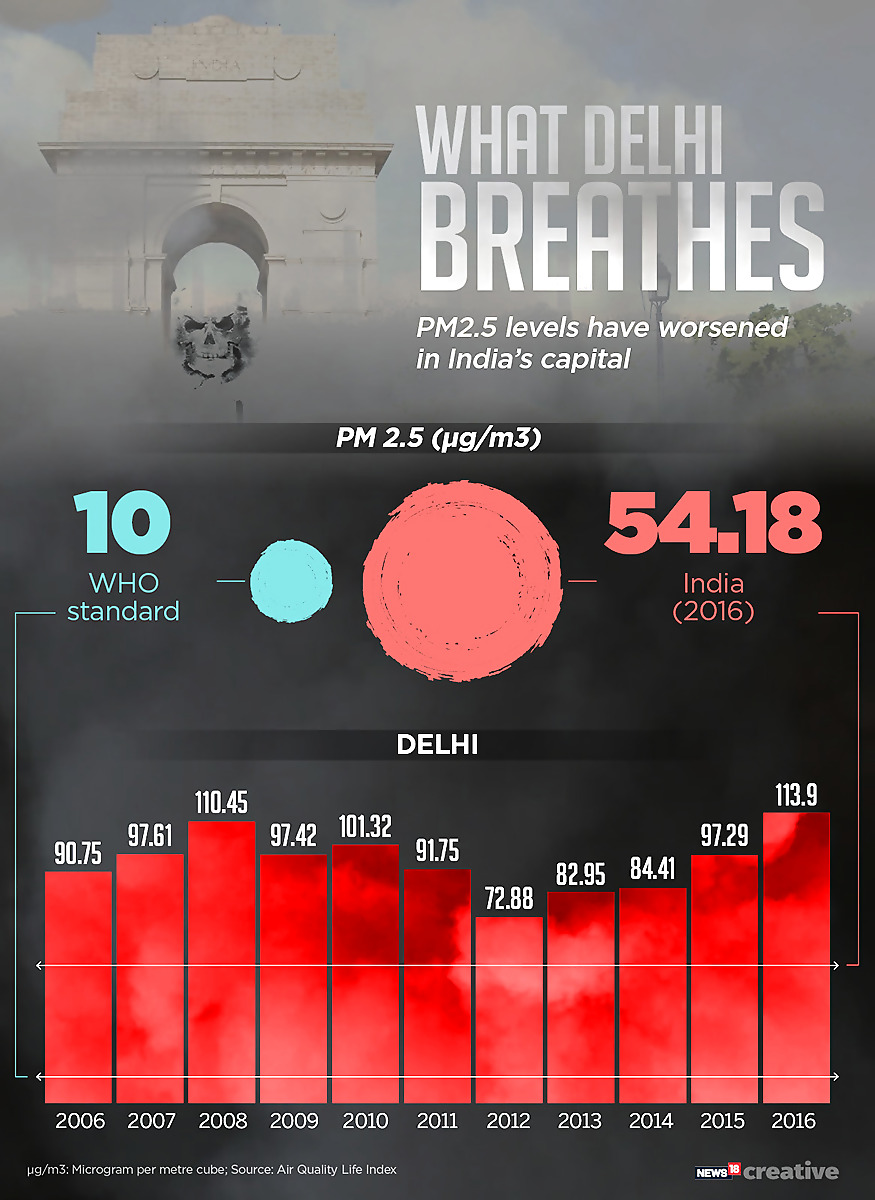
Promoting Green Initiatives
There are programs offered by governments around the world to home and commercial property owners that offer a substantial reduction in taxes and other subsidies in exchange for reducing their carbon footprint. This in turn reduces the cities overall emission rating and improves air quality. Many countries including the UK and US, offer tax incentives relief and grants for electric cars, helping consumers save money and improve the environment.
Embracing Renewable Energy Sources
It’s important that a city embraces and makes use of all forms of renewable energy if they want to reduce pollution and improve air quality. Many cities have began installing solar panels on the outside of their buildings, including Los Angeles, New York and Denver. Aspen recently became the third US city to achieve the goal of operating on 100% renewable energy after Burlington, Vermont and Greensburg, Kansas.
Article Source - Select Car Leasing




















Comments
0 comment